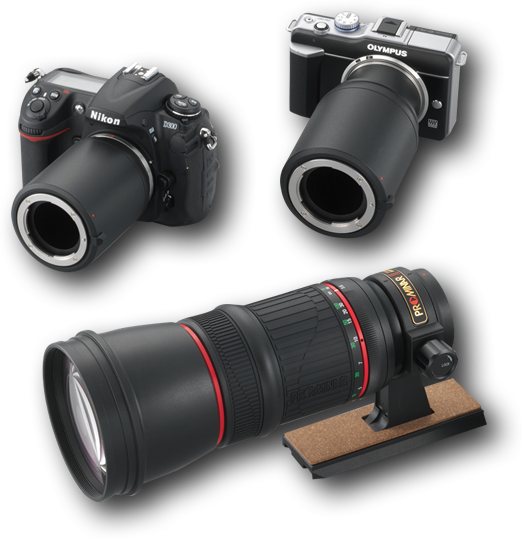
On January 31 2018, a total lunar eclipse will be visible throughout Japan,
the first to be seen for three years.
Why not try to capture this precious “moment” using the sophisticated PROMINAR lens?
Date: Dec. 10th 2011 Location: Bagan in Myanmar Photo by Mr. Akio Nakanishi
Telephoto Lens/Scope 500mm F5.6 FL/TX-10 (500mm F5.6) + Canon EOS 20Da: ISO100 4sec.

Lunar eclipses occur when the sun, earth and moon directly line up so that the shadow of the sun’s rays cast by the earth passes across the moon. Among the types of eclipses, the particular case where the moon passes completely into the earth’s shadow is known as a “total lunar eclipse”.
During a total lunar eclipse, the moon becomes dark, changing to a unique reddish tinged hue. Although the total lunar eclipse itself can also be viewed from urban areas, if you can watch the eclipse from a location in the fields or mountains, the sight of this red moon superimposed against a background of the star-filled heavens will be a truly fantastic spectacle.


Date: Dec. 10th 2011 Location: Bagan in Myanmar Photo by Mr. Akio Nakanishi
Telephoto Lens/Scope 500mm F5.6 FL/TX-10 (500mm F5.6) + Canon EOS 20Da: ISO100 1/250 ~4sec.
Capture the mysterious astronomical phenomenon of the total eclipse of the moon
using the PROMINAR 500mm F5.6 FL!
![]()











